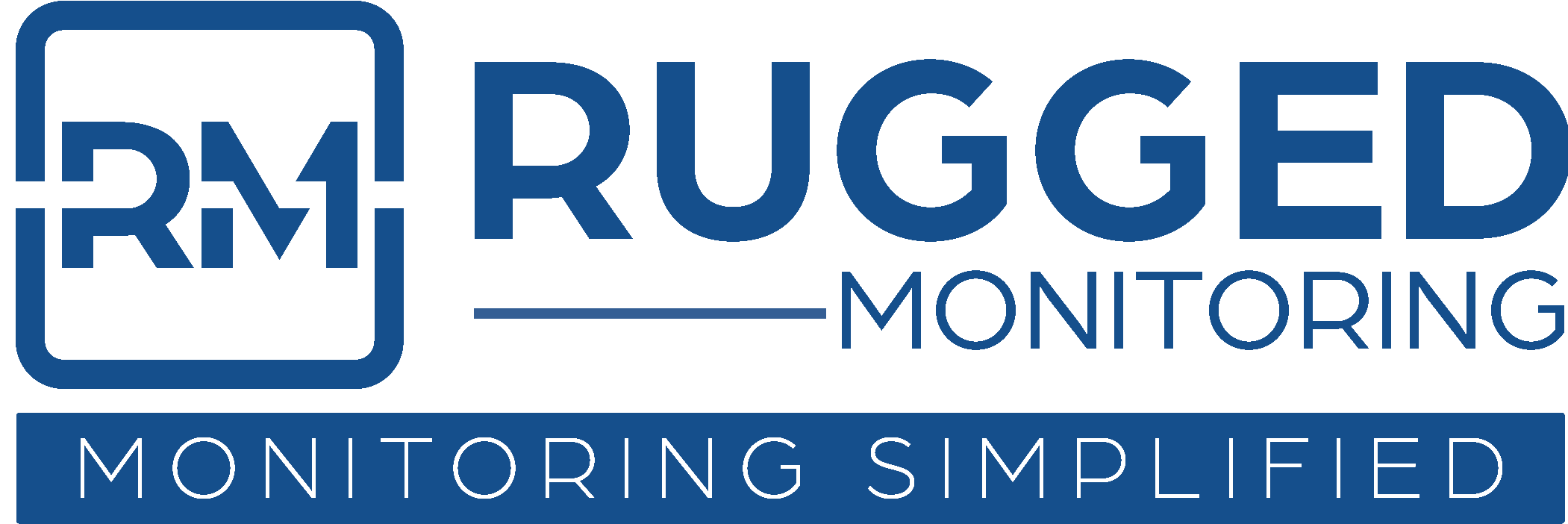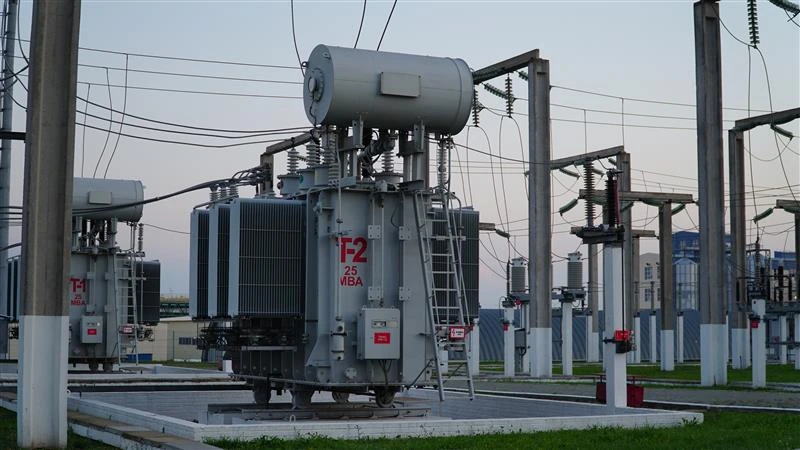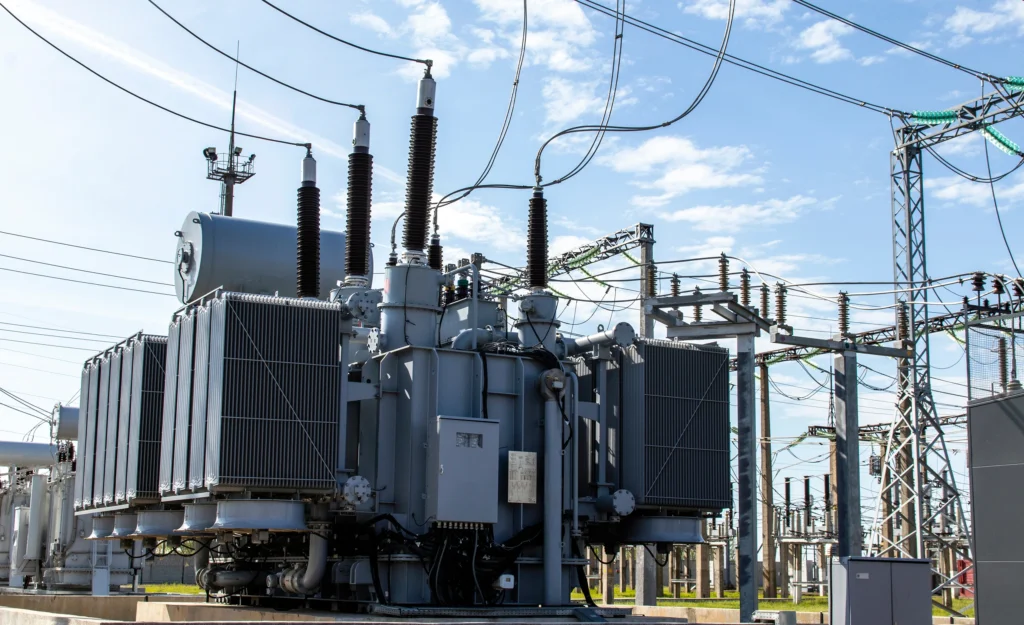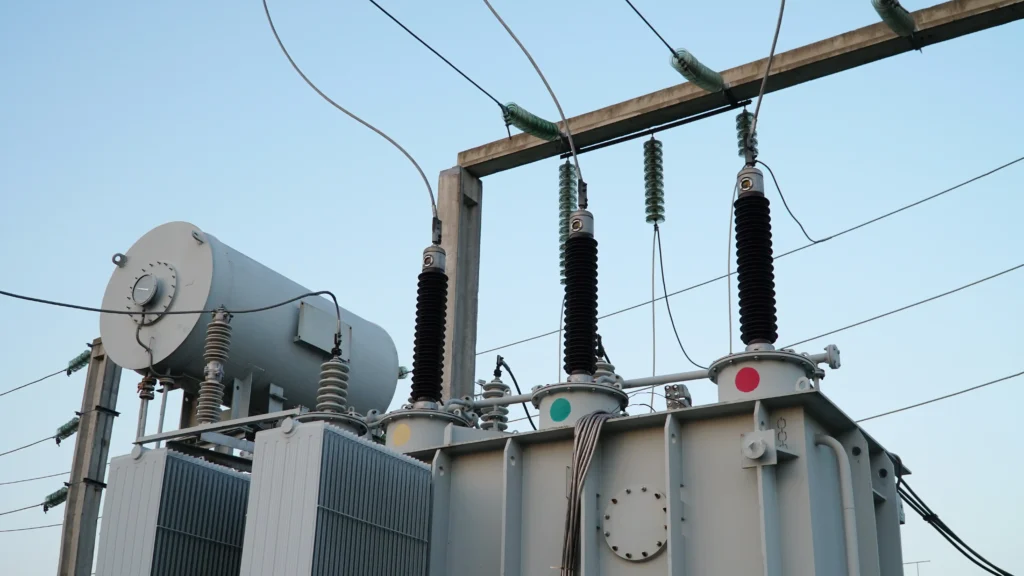Introduction
Asset Performance Management, abbreviated as APM, has evolved into an essential component for organizations aiming to optimize their electrical asset performance. With the incessant advancements in technology, APM software stands at the cusp of redefining electrical asset management paradigms. This article delves deep into the future prospects of APM software and its profound impact on optimizing electrical assets.
The Evolution of APM Software
The realm of Asset Performance Management (APM) has seen a remarkable evolution over the years, with technological advancements driving its trajectory. APM software, integral to this progression, has transformed from basic tools into sophisticated systems that harness modern technologies like IoT and Big Data. As we stand at the cusp of another technological revolution, understanding the journey and current capabilities of APM software becomes imperative.
- The Journey So Far: The origins of APM software can be traced back to rudimentary systems aimed at tracking asset health. These systems, though limited in their scope, set the stage for what would become a multi-faceted solution for asset management. Over the years, as technology advanced and the need for optimized asset performance grew, APM software evolved, incorporating features that allowed for real-time monitoring, predictive maintenance, and data-driven decision-making.
- Modern-Day APM Software Capabilities: Today’s APM software is a marvel of technology. It seamlessly integrates diverse functions such as real-time monitoring, predictive analytics, and root cause analysis. These capabilities, driven by advancements in computational power and data analytics, enable organizations to derive maximum value from their assets. For students and educators, understanding these capabilities is crucial, as it provides insights into the future trends of the electrical asset monitoring software industry.
- Integration with IoT and Big Data: The power of APM software is further amplified when integrated with the Internet of Things (IoT) and Big Data. Sensors affixed to assets relay real-time data, which is then processed using sophisticated algorithms. This allows for immediate insights, predictive maintenance, and proactive asset management. For software developers and engineers, harnessing the combined might of APM software, IoT, and Big Data represents a frontier of untapped potential.
- Emergence of Open-Source APM Tools: The open-source movement has made significant inroads into the APM software domain. Tools that are freely available and modifiable have democratized access to advanced asset management solutions. This is particularly beneficial for educational institutions and NGOs that may not have the resources to invest in proprietary software. The rise of open-source APM tools also presents opportunities for community-driven innovation and improvement.
For asset managers, engineers, and even students, comprehending the evolution of APM software is essential. It not only provides a glimpse into the past but also offers insights into the future – a future where “Asset Performance Optimization” will be paramount. As we continue to push the boundaries of what’s possible with technology, APM software will undoubtedly play a pivotal role in shaping the future of electrical asset management.
Predictive Maintenance and APM Software
As the world steers towards an era dominated by digital transformation, the realm of Asset Performance Management (APM) is not far behind. A pivotal element in this transformation is the focus on predictive maintenance, made possible largely by advancements in APM software. No longer are industries and professionals content with mere reactive measures; the trend now is to anticipate and proactively address potential issues, ensuring optimized performance of electrical assets.
- Proactive over Reactive: In the past, maintenance of electrical assets was often reactionary – actions were taken post a failure or malfunction. However, with the advent of APM software, there’s been a paradigm shift. Predictive maintenance, a feature of modern APM software, allows for proactive measures. By constantly monitoring asset health and using data-driven insights, potential issues can be detected and addressed before they escalate into major challenges. For students and educators, understanding this shift is crucial as it represents the future direction of electrical asset management.
- Benefits of Predictive Maintenance: The advantages of predictive maintenance, facilitated by APM software, are manifold. Tangibly, it translates to reduced downtime, extended asset life, and significant cost savings. Intangibly, it ensures peace of mind, as the risk of sudden failures is mitigated. For Facility Managers and Maintenance Managers, this means more efficient operations and reduced overheads.
- Case Studies: There are numerous instances in the real world that underscore the efficacy of predictive maintenance through APM software. For example, a renowned utility company, by leveraging APM software, managed to reduce its asset downtimes by 40%, leading to significant cost savings and enhanced operational efficiency. Such case studies serve as a testament to the power of predictive maintenance and its role in “Asset Performance Optimization”.
- Challenges and Solutions: While the prospects of predictive maintenance through APM software are promising, it’s not without its set of challenges. Issues like data overload, integration with legacy systems, and the need for skilled personnel can pose roadblocks. However, with continuous training, investment in infrastructure, and collaboration with software developers, these challenges can be effectively addressed.
The emphasis on predictive maintenance, backed by robust APM software, is indicative of where the industry is headed. For all stakeholders, from Electrical Engineers to Software Developers, staying abreast of these trends is essential. It not only offers a competitive edge but also ensures that electrical assets are managed in the most efficient and optimized manner.
APM Software and Sustainability
As the global narrative pivots towards sustainability, it’s imperative to align every facet of our industries with this paradigm. Asset Performance Management (APM) software, traditionally viewed through the lens of efficiency and optimization, has now emerged as a champion of sustainable practices in the realm of electrical asset management. By harnessing the capabilities of APM software, organizations can transition towards more environmentally-friendly asset management practices, ensuring a greener future.
- Green Initiatives: APM software is no longer just about enhancing the performance of electrical assets; it’s also about ensuring these assets operate in harmony with the environment. Advanced APM tools now come equipped with features that promote reduced emissions, waste minimization, and efficient resource utilization. For students and educators, understanding these green initiatives is pivotal as they represent the intersection of technology and sustainability in modern asset management.
- Energy Consumption Reduction: One of the standout benefits of APM software is its ability to drastically reduce energy consumption. By continuously monitoring asset health and performance, APM software can identify inefficiencies and rectify them in real-time. This not only results in cost savings but also significantly diminishes the carbon footprint of operations. For Energy Managers and Facility Managers, leveraging APM software for energy conservation can be a game-changer.
- Case Studies: Across the globe, numerous organizations have embraced APM software to bolster their sustainability efforts. A notable example is an European utility company that, after implementing APM software, witnessed a 30% reduction in energy consumption and a corresponding drop in CO2 emissions. These real-world instances underscore the potential of APM software in driving sustainable change.
- Future Trends: The journey of APM software towards sustainability is just beginning. Anticipated future trends include the integration of AI for better resource allocation, the development of software tailored to renewable energy assets, and the incorporation of global sustainability standards into APM tools.
APM software stands at the forefront of the sustainable revolution in electrical asset management. For all stakeholders, from Electrical Engineers to Environmentalists, understanding the capabilities of APM software in promoting green practices is essential.
AI and Machine Learning in APM Software
The realm of Asset Performance Management (APM) software is undergoing a seismic shift, with Artificial Intelligence (AI) and Machine Learning (ML) emerging as powerful catalysts. As these technologies integrate deeper into APM systems, they unlock unparalleled capabilities that promise to redefine the landscape of electrical asset optimization. For educators, professionals, and students alike, understanding this fusion is pivotal for staying abreast with the cutting-edge advancements in the industry.
- Redefining APM: The integration of AI and ML into APM software isn’t merely an addition; it’s transformative. These technologies introduce capabilities like real-time data processing, adaptive learning from data patterns, and enhanced predictive modeling. As a result, APM software evolves from being a static analytical tool to a dynamic system that constantly learns and adapts to optimize electrical asset performance.
- Predictive Analytics: One of the standout features introduced by AI is predictive analytics. By analysing vast datasets and recognizing patterns, AI-driven APM software can predict potential asset failures or inefficiencies well in advance. This proactive approach ensures timely interventions, thereby enhancing asset longevity and minimizing downtimes. For Electrical Engineers and Maintenance Managers, this feature is invaluable as it provides a window into the future performance of assets.
- Automated Decision Making: The age of automation is here, and APM software is not to be left behind. AI facilitates autonomous decision-making based on real-time data. For instance, if a potential fault is detected, the system can autonomously decide on the best course of action, be it scheduling maintenance or adjusting operational parameters. This not only optimizes asset performance but also significantly reduces the manual oversight required.
- Opportunities and Challenges: The marriage of AI and APM software is undoubtedly promising, but it also introduces complexities. There’s the challenge of managing and processing vast amounts of data, ensuring AI models are accurate, and addressing potential cybersecurity threats. However, with challenges come opportunities. Innovations are continuously being developed to address these issues, and the future holds immense potential for those ready to harness it.
The fusion of AI and ML with APM software is charting a new trajectory for the industry. As we stand at this juncture, it’s imperative for all stakeholders, from software developers to asset managers, to understand and embrace this transformative wave.
The Economic Impact of APM Software
In the digital age, with the rise of the Internet of Things (IoT), Asset Performance Management (APM) software has proven to be more than just a tool—it’s a game-changer. As industries across the globe race towards digitization, the economic implications of leveraging APM software have become the focal point for many. Whether it’s utility companies, educational institutions, or government agencies, the promise of enhanced efficiency and financial returns from APM software is compelling. This section delves into the multifaceted economic benefits that APM software brings to the table.
- ROI of APM Software: The decision to invest in any technology is primarily driven by its Return on Investment (ROI). APM software, with its ability to optimize asset performance and reduce downtimes, promises a significant ROI. Organizations have reported substantial cost savings and improved operational efficiency within months of implementing APM solutions. This immediate financial impact underlines the software’s pivotal role in modern asset management strategies.
- Operational Efficiency: Operational efficiency is not just about reducing costs; it’s about maximizing output for every unit of input. With APM software, organizations can monitor, analyze, and optimize their assets in real-time, leading to reduced wastage, better resource allocation, and enhanced productivity. This, in turn, translates to substantial economic savings and improved profit margins.
- Extended Asset Lifespan: Electrical assets are often capital-intensive. Extending their lifespan not only defers the need for replacement investments but also ensures that organizations get the maximum value out of their initial expenditure. APM software, through predictive maintenance and real-time monitoring, can significantly prolong the life of electrical assets, resulting in long-term economic benefits.
- Strategic Investment: In a rapidly evolving technological landscape, making informed investment decisions is paramount. APM software provides decision-makers with actionable insights, enabling them to allocate resources strategically. Whether it’s deciding on maintenance schedules or capital expenditures, APM software ensures that every financial decision is data-driven and aligned with long-term organizational goals.
The economic impact of APM software is profound. As the nexus between technology and economy strengthens, organizations that leverage the full potential of APM software stand to gain a competitive edge. It’s not just about savings; it’s about fostering a culture of efficiency, innovation, and strategic growth.
Preparing for the Future: Training and Continuous Learning
In the dynamic world of electrical asset management, the constant evolution of Asset Performance Management (APM) software necessitates a parallel evolution in professional skills and knowledge. As the APM landscape undergoes rapid transformations—fueled by technological advancements and industry demands—professionals, educators, and enthusiasts must be equipped to navigate these changes. This demands a commitment to continuous learning, training, and staying updated. Let’s delve deeper into how one can stay ahead in this ever-evolving domain.APM software, driven by innovations in AI, IoT, and Big Data, is perpetually evolving. This dynamic nature underscores the importance of staying updated with the latest trends, tools, and techniques. Professionals who can adapt to these changes not only ensure optimized performance of electrical assets but also cement their position as invaluable assets in their respective organizations.
As the APM landscape continues its trajectory of rapid evolution, the onus is on professionals, educators, and enthusiasts to invest in continuous learning. By embracing training, seeking certifications, and staying updated, one can ensure they’re not just keeping pace with the APM world but leading the charge.
The realm of Asset Performance Management is poised for a transformative journey, with APM software leading the charge. As technology continues to advance, organizations equipped with the latest in APM software will not only optimize their electrical assets but also achieve operational excellence and sustainable growth.




